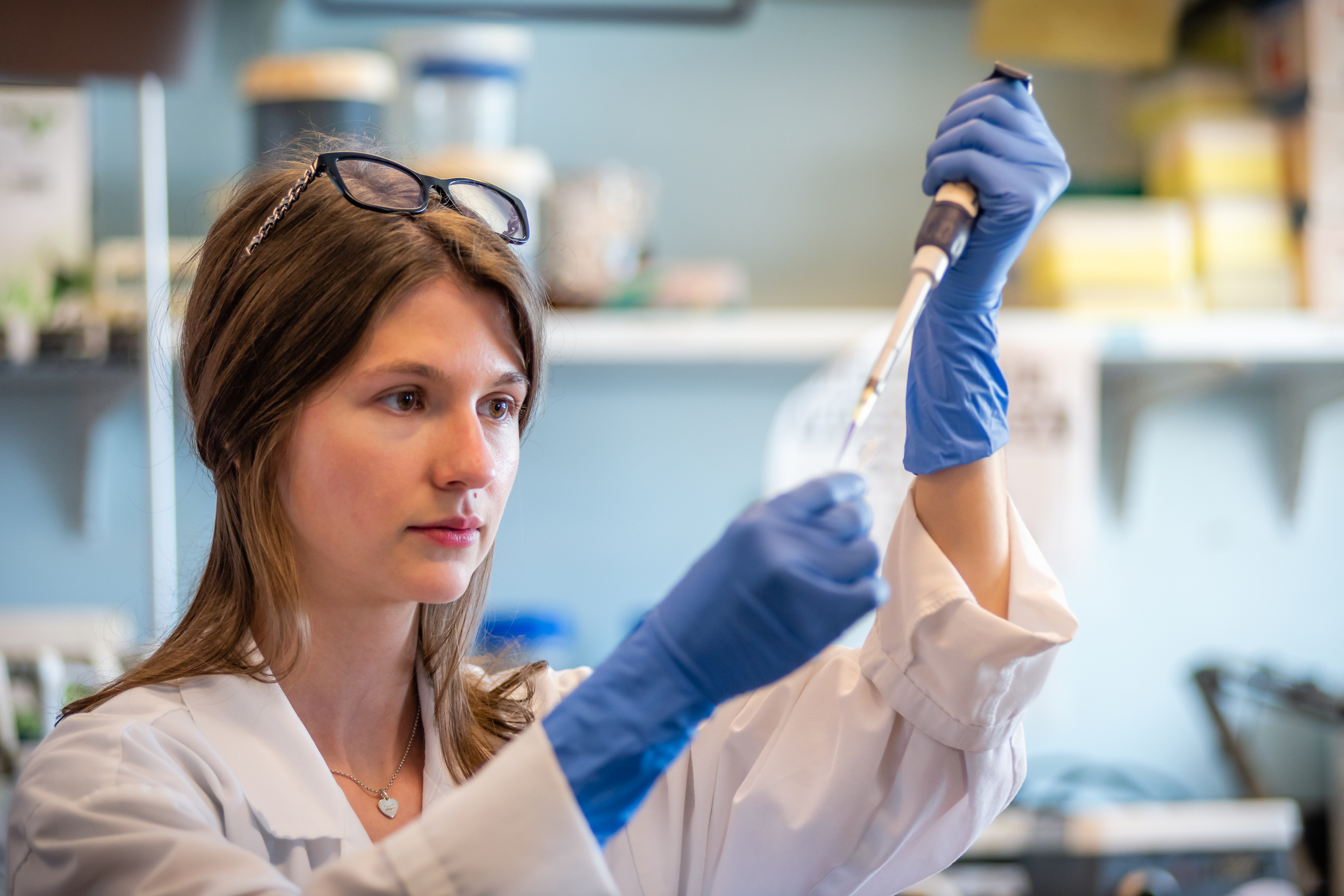How Virtual Labs Boosted Confidence and Understanding for Graduate Students in Molecular Biology


What happens when you bring virtual labs into a graduate classroom? That’s exactly what Johanna S. Carroll, Ph.D, Hedieh Najafi, Ph.D, and Martina Steiner, Ph.D, three researchers from the University of Toronto, set out to discover.
Their research was published as "Evaluating the effectiveness of virtual laboratory simulations for graduate‑level training in genetic methodologies" and appeared in the journal Biochemistry and Molecular Biology Education.
They introduced six Labster virtual labs into a Genomic Methodologies course to assess student performance. The result? For students with less prior experience in a lab setting, using Labster virtual labs was associated with better learning outcomes.
Students highlighted three main aspects of Labster they found valuable. Virtual labs provided:
Many students said that virtual labs helped them feel more prepared before stepping into an actual lab.
In addition to these benefits, students perceived some limitations of virtual labs.
Most students agreed that virtual labs are not a replacement for hands-on practice. One of the interviewees reflected on the relevance of the Gene Therapy virtual lab to on-site labs. For this student, while the experience did not provide much practical knowledge on how to use the lab equipment (e.g., the microscope), it provided an opportunity to review the workflow and mentally prepare for the wet lab.
The researchers recommend using virtual labs:
While virtual labs may not replace the tactile experience of a real lab, they offer something just as important for many students: the chance to feel prepared and confident.
“The students we teach come from very different backgrounds. Some have extensive wet lab research, others almost none. So we're juggling this diversity in our classroom and really want to make sure that everybody gets up to speed. What we heard from the students is that the virtual labs were the most beneficial if they did not have a lot of prior lab experience,” said Steiner.
This was also shown in the research: students who scored lower on the pre-lab quiz, often those with less prior exposure, reported higher satisfaction with the virtual lab experience. Meanwhile, students who had more experience with the lab techniques, as indicated by higher pre-lab quiz scores, were generally more critical. These findings suggest that virtual labs serve as a valuable support tool for students still gaining familiarity, boosting both their understanding and their confidence.
Read more:
This open-access research article is available at:
https://iubmb.onlinelibrary.wiley.com/doi/full/10.1002/bmb.21898
Full Citation:
Carroll, J. S., Najafi, H., & Steiner, M. (2025). Evaluating the effectiveness of virtual laboratory simulations for graduate‐level training in genetic methodologies. Biochemistry and Molecular Biology Education.

See our plan options, learn more about virtual labs, and find out how easy it is to get started with Labster.
Compare Plans